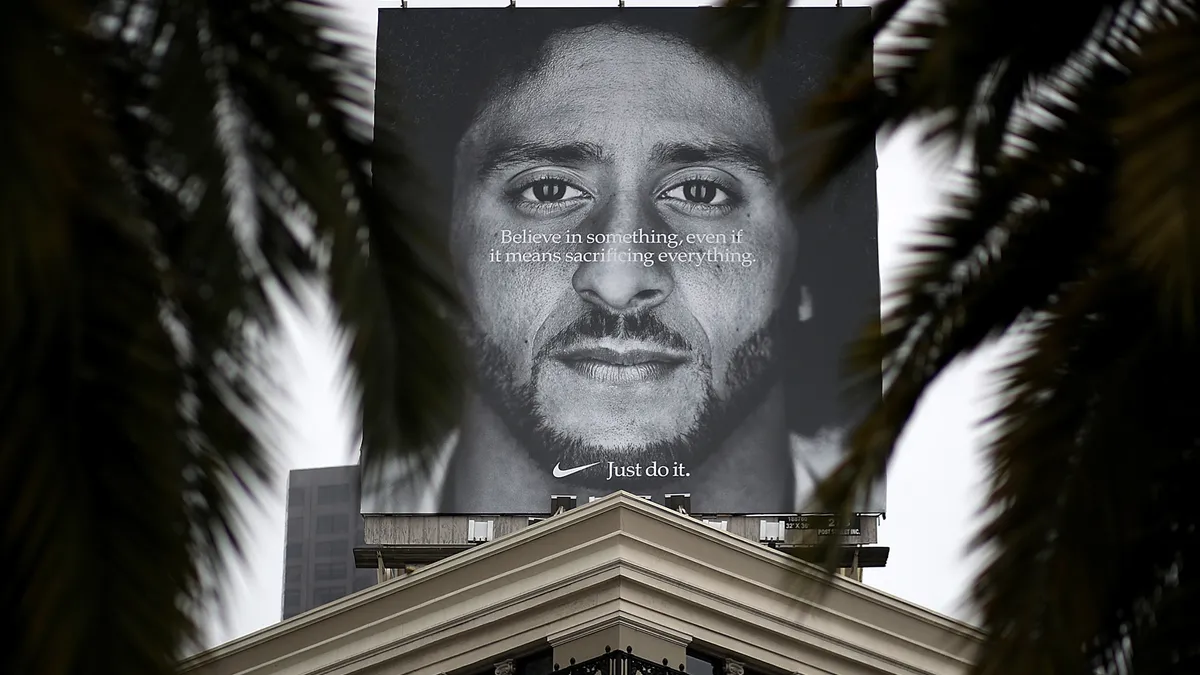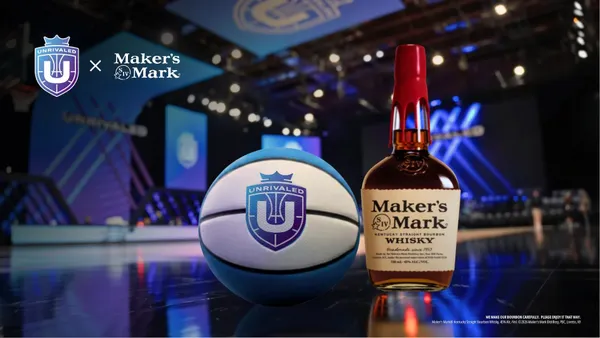Diversity, equity and inclusion (DEI) has been a top topic in the marketing world for several years. But from the continued effects of controversy around Bud Light to Target receiving bomb threats over its Pride collection, some may be wondering about the future of DEI in the industry. However, a new report by Kantar finds that cutting DEI out of a company’s marketing strategy can result in major losses and may already be costing U.S. businesses $5.4 trillion.
Kantar’s “Brand Inclusion Index” found that not only is there a financial advantage to a strong DEI strategy, but that there is still plenty of room to stand out. While it may seem to some that DEI marketing has reached saturation, the research suggests that’s actually not the case: Only six in 10 consumers can name the best inclusive brands unaided, according to the report.
“There's so much more that can be done,” said Valeria Piaggio, global head of DEI at Kantar. “But in many cases... the question is, what is good inclusion?”
The recently released report breaks down the top performing brands in terms of DEI and the strategies that have proven successful. The U.S.-focused report looked at a nationally representative sample of 2,500 consumers above the age of 18. The survey was conducted in both English and Spanish and fielded in April 2023.
The diverse majority
It is no secret that consumer preferences are rapidly changing. As marketers have been attempting to adapt for a younger, more diverse population, DEI campaigns have been a large part of their strategies for staying relevant. However, if these efforts don’t trickle down to the retail level, money can be left on the table.
Twenty-eight percent of people reported experiencing discrimination at a retail location, per the report. Black or African Americans, members of the LGBTQ+ community and people with disabilities are at the highest risk of discrimination. Discrimination at a retail location could be costly, setting up a potential loss of $681 billion, $499 billion and $491 billion for each group, respectively, per Kantar. Over 50% of each of the top six high-growth populations experienced discrimination in the past year.
“A lot of people feel either ignored or judged, or have experiences of discrimination that are a lot more common than what marketers think,” said Piaggio. “You have to remember, in the marketing community, most people ... are in a pretty privileged position. So, sometimes we are a little far from the reality of some of these groups.”
These who are not well represented in advertising are also more likely to experience discrimination than the general population. Sixty-five percent of those not well represented in advertising, including Asian Americans and those who are part of the LGBTQ+ community, experienced discrimination in the past year. This is 10 points above those who are generally well represented in ads.
Standing out
While DEI marketing may seem divisive due to recent events, such as boycotts of Bud Light that resulted in the brand losing its best-selling beer in America title for the first time in decades, the Kantar report found such marketing can actually cross some lines typically seen as heavily divided. Both women and men chose Nike, unaided, as the best brand in DEI, as well as white and Black consumers. Additionally, both Democrats and Republicans agreed that the best brand overall for DEI is Amazon.
Nike, Amazon and Walmart occupied the top three spots for top-of-mind DEI performance, unprompted, across women, men, members of the LGBTQ+ community, white consumers and people of color.
According to Piaggio, Nike’s advertising has spoken for itself. Taking steps to diversity not only its talent but its product range has delivered fantastic results.
“Nike… is probably one of those brands that is synonymous with brand bravery, and with equity,” said Piaggio. “Because they serve all athletes, they develop products for everyone — their marketing has been extremely brave.”













